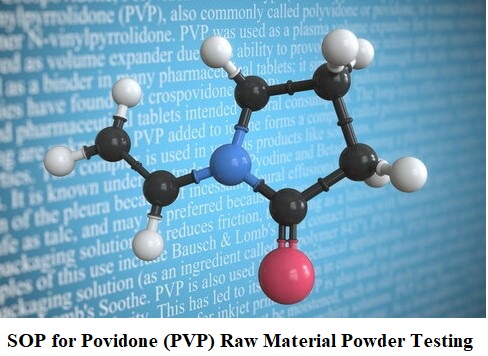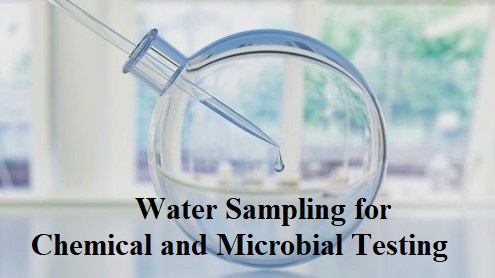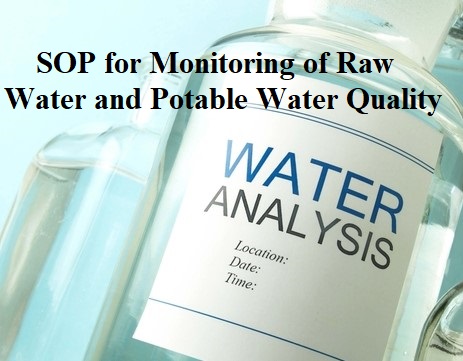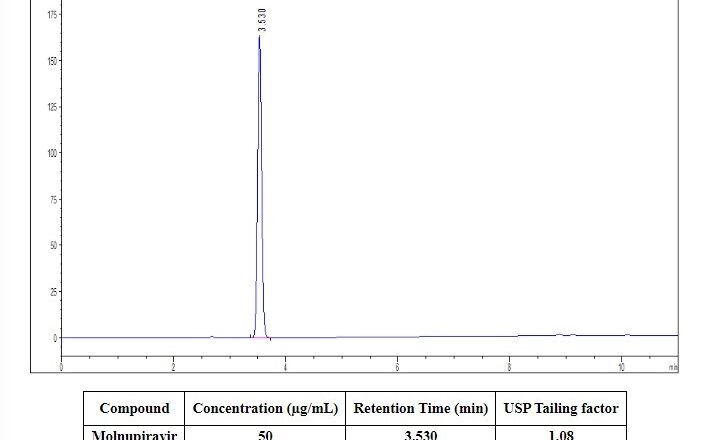
Propylene Glycol (PG) Testing Procedure
Propylene glycol (PG) is commonly tested using gas chromatography (GC) or high-performance liquid chromatography (HPLC). Propylene Glycol (PG) Testing Procedure and methods use separation techniques to isolate and quantify the PG from a sample, which is then measured using a detector. The choice of method depends on the specific requirements of the test, such as the sample size, level of precision, and required analysis time. Other methods, such as infrared spectroscopy (IR), can also be used but may not be as accurate as GC or HPLC. It's recommended to consult with a specialist or refer to industry-specific standards for the best testing method for a particular application.
A step-by-step procedure for testing propylene glycol (PG) using gas chromatography (GC) is as follows:
Samp...










